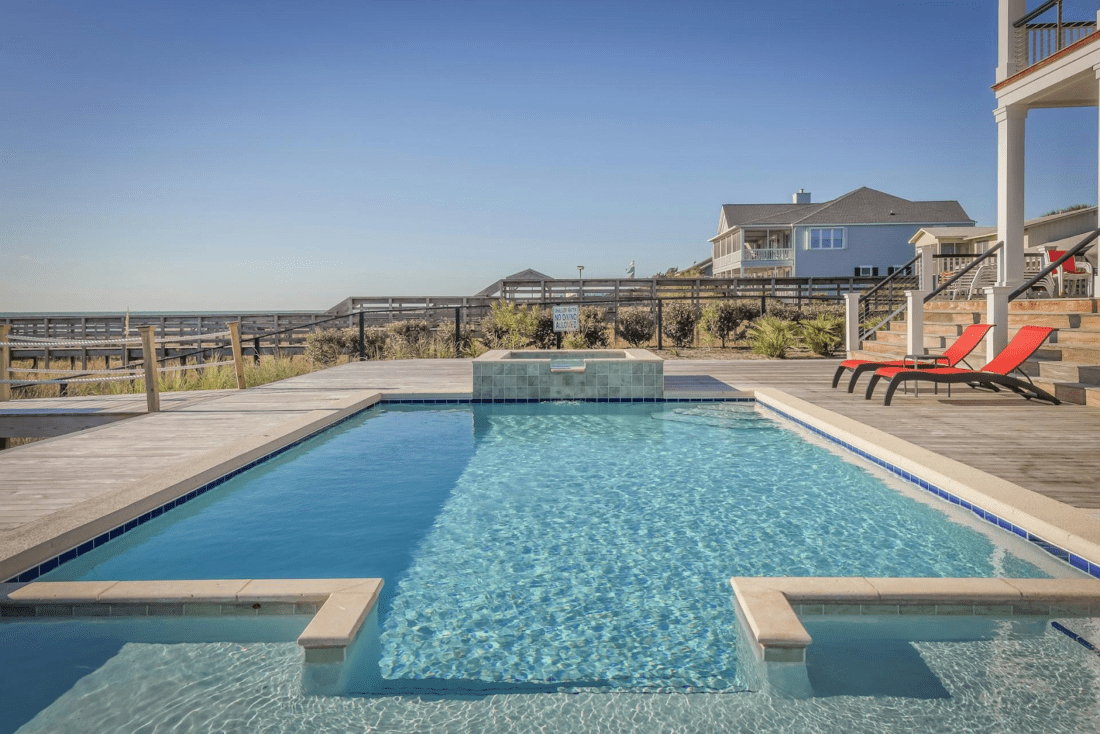
As the sun dips lower and the air turns crisp, pool time fades from the weekly routine. But before the leaves fall and the first frost hits, there’s some prep work that’ll make sure your pool comes out of the colder months in perfect shape. Now, believe it or not, it’s going to take far more than just a pool cover to protect your pool.
Actually, a pool cover is only one thing out of many that you need to think about. Besides, it’s about protecting your investment and making sure that everything can and will stay in working order for next year. So, with that all said, here’s how you can prepare your pool for the colder months.
Clean It Like It’s Summer
Just because you won’t be swimming doesn’t mean your pool should be left looking like a swamp. It’s so important to give it a good clean before shutting it down for the season. So, this means that you need to skim off all the debris, vacuum the bottom, and scrub those walls. As you already know, leaves, dirt, and grime not only make a pool look bad but can also cause stains and unbalanced water chemistry.
It’s pretty obvious, but no one wants to uncover their pool in spring only to find it murky and green. Beisdes, overall, a clean pool is much easier to maintain through the colder months, so even though summer is saying goodbye, the pool maintenance should stay on point a little while longer.
Balance the Water Chemistry
It’s a really good idea to check out your local pool supply store (or website) because you’ll need the right chemicals for your pool. Basically, it’s best to try to get the water chemistry just right before winter.
But why? Well, the pH, alkalinity, and calcium levels all need to be balanced to prevent damage to the pool’s surface and plumbing. Water that’s too acidic can corrode metal parts, while high calcium levels can leave unsightly scaling.
So, as you can see, there’s going to be some damage if it’s not right, plus, one of those winterizing kits will help prevent algae, bacteria, and other nasty things while the pool isn’t used for the next few months. Overall, it’s going to make a big difference, and again, it’s about making it seamless so when summer (or spring) comes back around, you can use the pool again.
Lower the Water Level—But Not Too Much
So here’s something that might be pretty surprising, so, common mistake when winterizing a pool is either draining it too much or not enough. Yes, you should still have some water in it. Ideally, the water level should sit just below the skimmer to prevent freeze damage during the coldest months. But why not drain it all out entirely?
Well, this causes more harm than good, especially for in-ground pools, which rely on water pressure to maintain their shape. You don’t want the structure to crack or damage, so there needs to be water.
You’ll Have to Protect the Plumbing
You can’t forget about the plumbing, basically, freezing water is a pool’s worst enemy. So you need to make sure there’s no water in the pipes, pumps, or filters because this can damage the plumbing in case there’s freezing.




